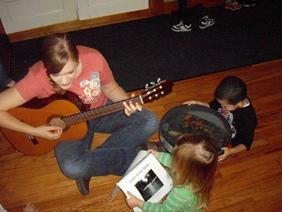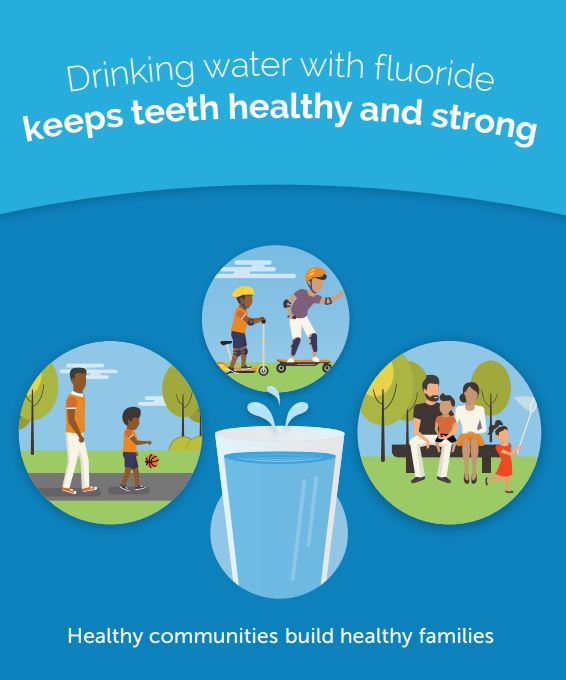 Ever since First Lady Michelle Obama launched her Let’s Move! campaign in 2010, childhood obesity prevention has gained a lot of attention. Experts agree that obesity prevention needs to start early, and child care programs are a great place for children to build the eating and active play habits that will help them grow up healthy. Child care providers, advocates, and policymakers throughout the country have invested time, money, and effort over the past eight years to make child care a healthier place for our youngest children. Has all that work made a difference? A new report by Healthy Eating Research takes a look at how far early care and education (ECE) policies, systems, and environments have come since 2010.
Ever since First Lady Michelle Obama launched her Let’s Move! campaign in 2010, childhood obesity prevention has gained a lot of attention. Experts agree that obesity prevention needs to start early, and child care programs are a great place for children to build the eating and active play habits that will help them grow up healthy. Child care providers, advocates, and policymakers throughout the country have invested time, money, and effort over the past eight years to make child care a healthier place for our youngest children. Has all that work made a difference? A new report by Healthy Eating Research takes a look at how far early care and education (ECE) policies, systems, and environments have come since 2010.
Standards for three federal programs that directly affect the health of children in child care underwent significant updates between 2014 and 2016. The Child and Adult Care Food Program (CACFP) now requires enrolled child care providers to serve more fruits, vegetables, and whole grains. The Child Care and Development Block Grant requires more provider training on health and safety. Head Start and Early Head Start raised their performance standards to encourage more family engagement around nutrition and active play.
Many states are using their child care licensing regulations and quality rating and improvement systems to promote obesity prevention as well. All 25 states that updated their licensing regulations between 2011 and 2014 included obesity prevention standards in their updates.
Taking a detailed look at how ECE policies, systems, and environments have changed since 2010, the report points to several key findings:
- When programs and policies at the local, state, and federal level align around healthy eating and physical activity, ECE environments can get healthier.
- ECE providers need resources, training, and technical assistance to translate new policies into concrete changes in the foods they serve, the lessons they teach, and the ways they get kids moving.
- Educating and engaging children, families, and caregivers around healthy eating and active play can help kids develop healthier behaviors. Those behaviors can improve children’s cognitive and motor development and their health outcomes.
While the obesity rate for children under five nearly doubled from 1988 to 2004, recently the rate has started to drop. That’s great news! It shows that childhood obesity prevention initiatives may be paying off. But there’s still a very long way to go. More than one in five preschoolers in the US are overweight or obese. Children of color and kids from low income families are far more likely to experience obesity than their whiter and wealthier peers.1 Strong healthy eating, active play, and screen time standards, combined with training and resources for providers, can make child care a healthier place for all kids.
The ECE community needs to keep the momentum of the last eight years going. Changing child care policies, systems, and environments can be a slow process, but even small changes can make a difference in children’s health.






